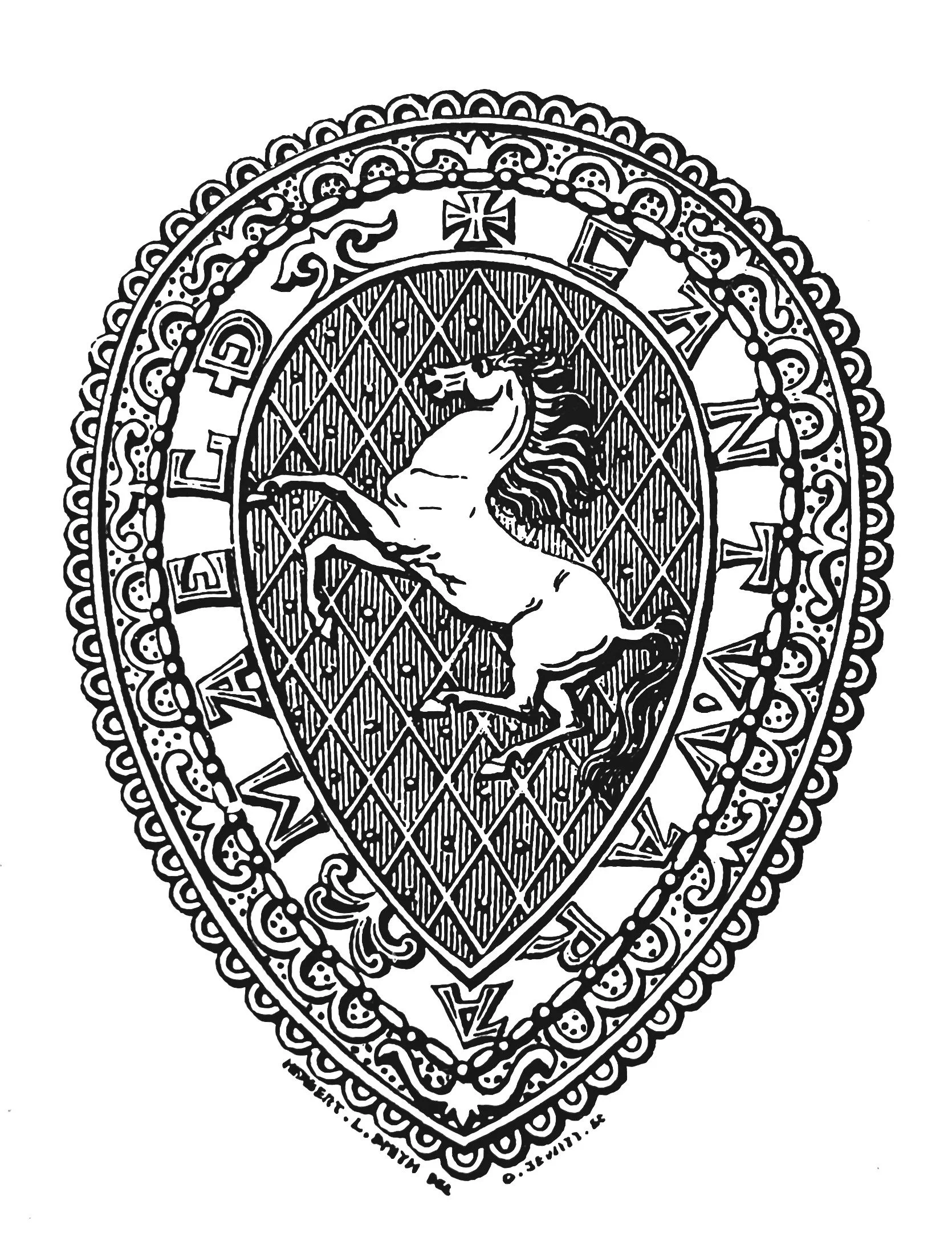
KAS Newsletter, Issue 17, Autumn 1990
Exploring Kenardington's earthworks, Mason's Arms' history, and pinpoints Roman Durolevum's location in Kent.
Contributions to the next issue are welcome. See the guidance for contributors and contact Editor Craig Campbell.
Search page
Search within this page here, search the collection page or search the website.
Previous
Previous
Sheppey Archaeological Society
Next
Next

